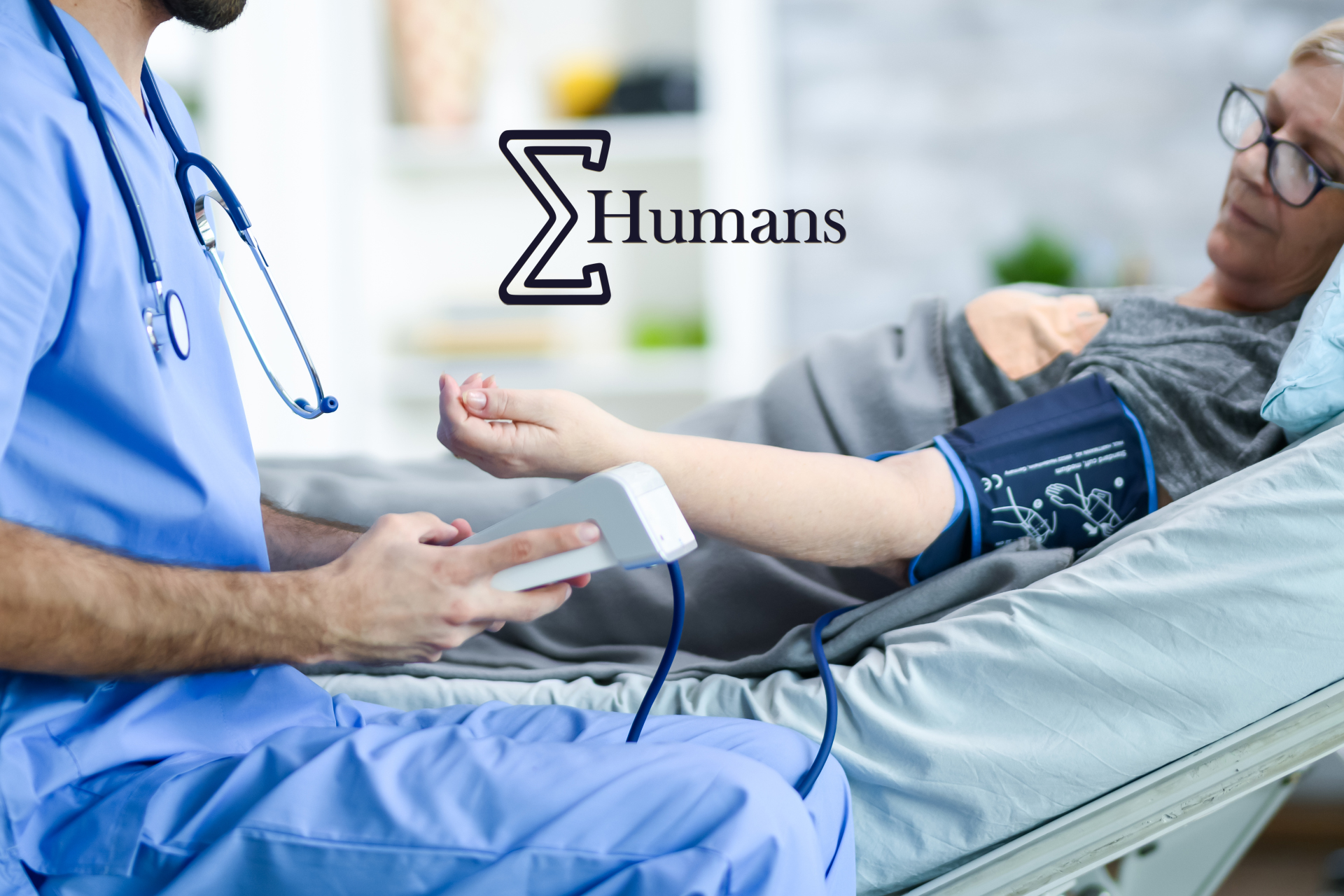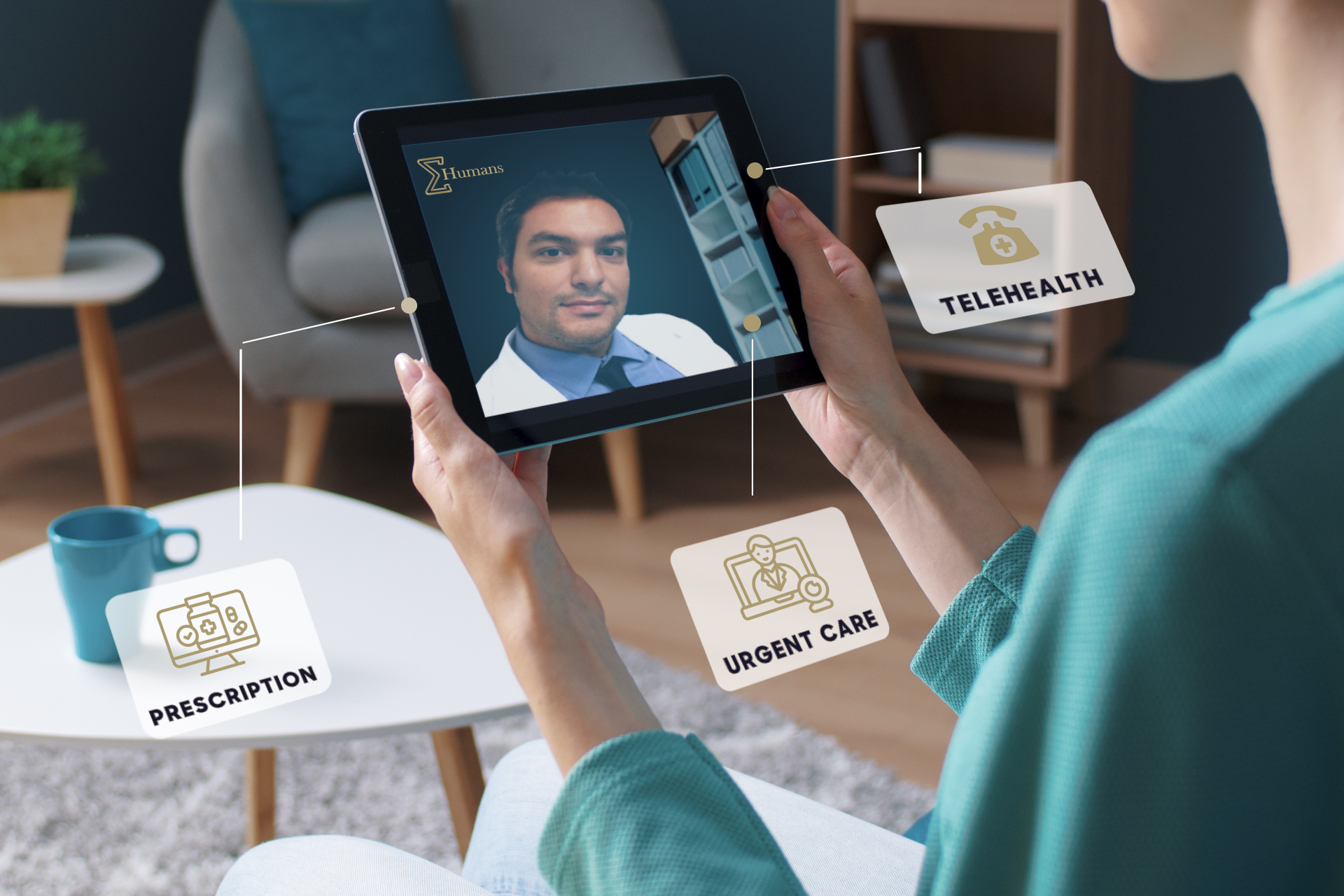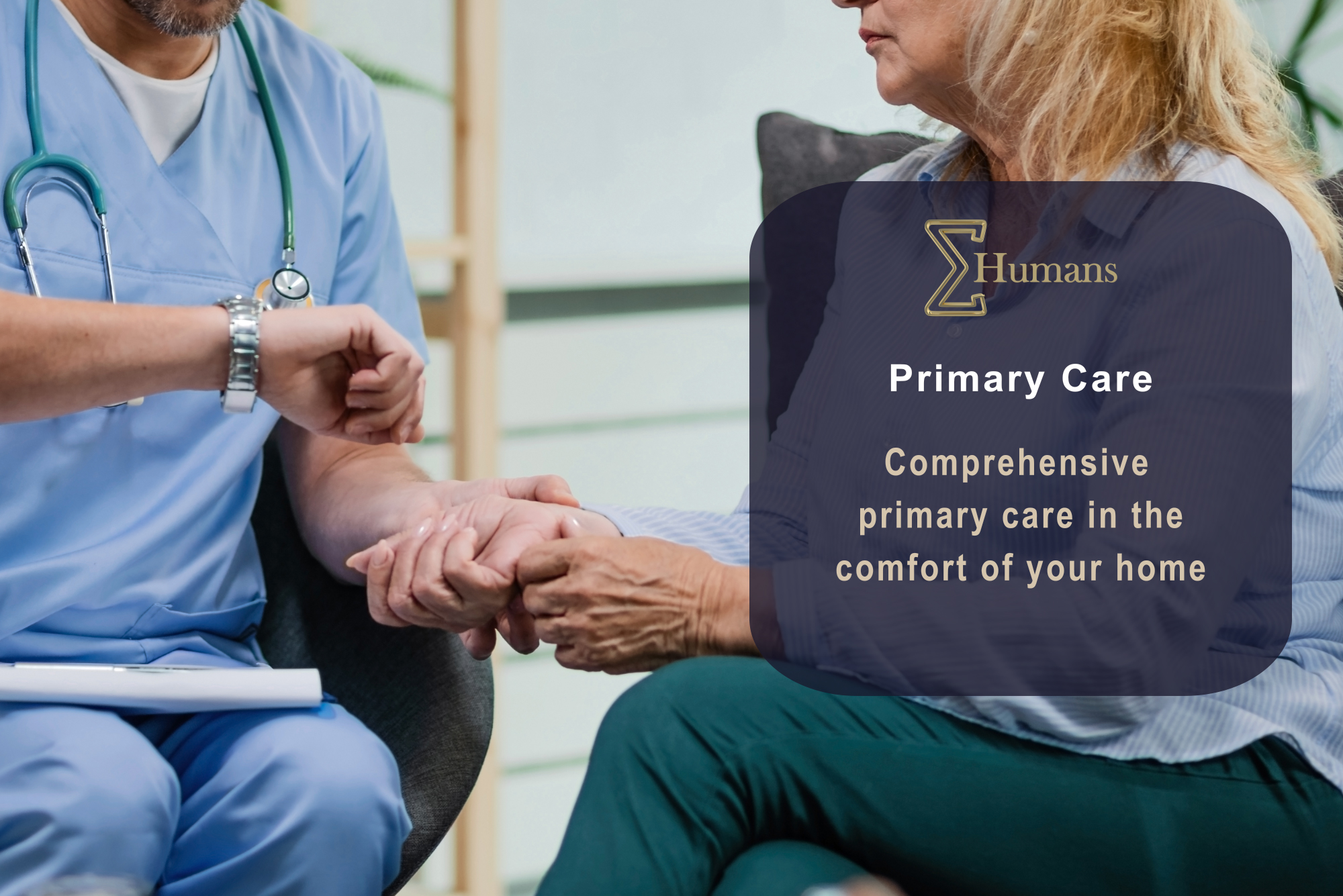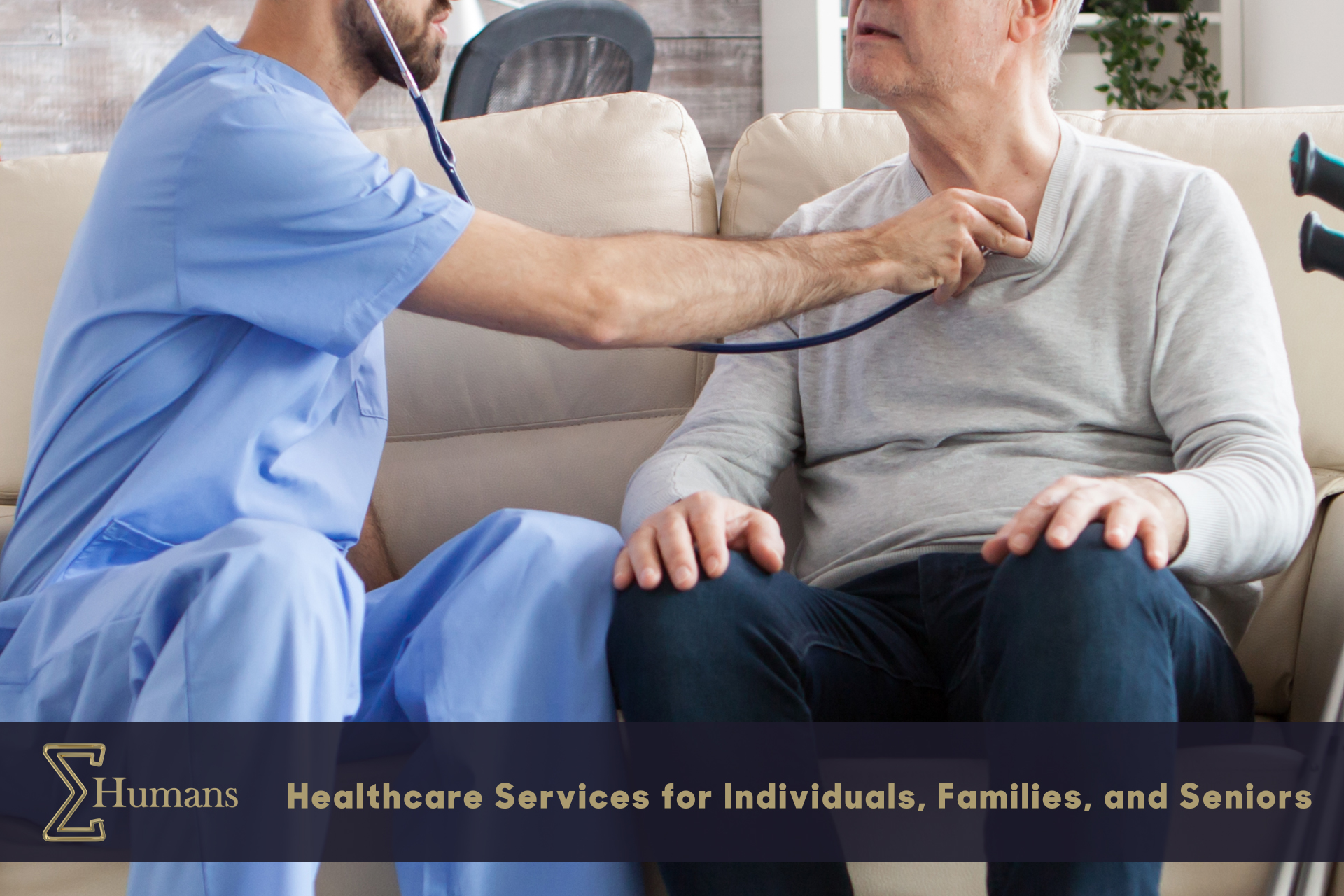
The Resurgence of Home-Based Primary Care

Redefining Healthcare Services for Frail and Homebound Elders
In the evolving landscape of healthcare, a notable renaissance is occurring in the form of Home-Based Primary Care (HBPC). This resurgence is marked by a shift towards personalized, home-centered healthcare, bringing forth an array of benefits for patients and caregivers alike. The catalysts behind this transformation are multifaceted, driven by factors such as an aging population, advancements in portable medical technology, compelling evidence supporting the value of HBPC, and improved payments for such services.
The Modern-Day House Call Has Returned
In the early 20th century, house calls by physicians were commonplace, constituting 40% of all doctor visits in 1930. However, this practice sharply declined over the years, reaching less than 0.5% in 1996. Yet, shortly after this decline, a revival began. Today, HBPC is proving to be a game-changer, improving the quality of life for patients and caregivers alike, and demonstrating substantial cost savings by reducing hospitalizations and nursing home stays.
Forces Behind the Return of House Calls
1. The Aging of Society
With the first baby boomers crossing the threshold into Medicare eligibility in 2011, the United States is experiencing a significant demographic shift. The population aged 65 and older is set to grow exponentially, necessitating a reevaluation of healthcare delivery. The most rapid growth is observed in those 85 years and older, a demographic expected to quadruple from 2000 to 2050. This burgeoning homebound population underscores the importance of integrating HBPC into healthcare practices.
2. Technology
Advancements in portable medical technology have played a pivotal role in the resurgence of house calls. Diagnostic tests that were once confined to medical facilities can now be conducted in the patient’s home. From point-of-care testing for labs to portable X-rays and ultrasounds, technology has empowered healthcare providers to deliver top-tier medical care directly to the doorstep. Smartphone apps further enhance in-home care by offering tools for monitoring, decision support, and access to electronic medical records, ensuring a new standard of quality in patient care.
3. Higher Medicare Fee-For-Service Payments
In a strategic move, Medicare revamped its payment structure, introducing higher-level Current Procedural Terminology (CPT) codes for house calls in 1998. This initiative led to a significant increase in annual house calls, marking the first uptick in a century. Subsequent additions of CPT codes for domiciliary visits and other supportive services further bolstered the financial viability of house call programs. Despite the increase in payments, a fee-for-service model remains challenging for sustaining house call practices due to the inherently low patient volume.
Value of House Calls and New Value-Based Payments
Healthcare spending is disproportionately concentrated, with the costliest 5% of patients consuming 50% of healthcare spending. House calls have emerged as a powerful solution for addressing the needs of the sickest patients, yielding substantial reductions in costs and improvements in patient and caregiver satisfaction. Examples abound, from the Veteran Administration’s HBPC program, showing a nearly 60% reduction in hospital days, to U.S. Medical Management’s success as the fourth most financially successful Accountable Care Organization (ACO) out of 472.
The Independence at Home program, a Centers for Medicare & Medicaid Services demonstration, exemplifies the potential of HBPC in generating savings and improving quality metrics. These successes, coupled with newly announced value-based payments like Primary Care First and Direct Contracting, underscore the transformative impact of HBPC on healthcare economics.
The Needed Workforce
As an economic engine takes shape to support HBPC, the critical factor limiting its potential is workforce development. While the United States grapples with a shortage of primary care providers, only a fraction of medical schools and residencies incorporate HBPC into their training. Despite the proven benefits, the number of high-volume HBPC providers remains limited, mainly concentrated in urban areas. To fully address the needs of the up to 4 million patients requiring HBPC, substantial workforce expansion is imperative.
A recent article by St. Clair and colleagues sheds light on the potential value of exposing residents to HBPC during their training. The study indicates a positive impact on residents’ interest in providing HBPC in the future, showcasing the pivotal role of education in shaping the healthcare workforce. Notably, house call education extends beyond the act of making house calls; it serves as a platform for imparting essential principles in geriatric care, chronic condition management, and team-based collaboration.
To Recapt
The momentum behind home-based primary care signifies a revolutionary shift in healthcare delivery. As the aging population burgeons, and technology reshapes the possibilities of in-home diagnostics, the resurgence of house calls is not merely a nostalgic return to the past but a strategic leap into a patient-centric future.
To push home-based primary care forward, we advocate for the development of medical school and residency curricula that expose learners to both the clinical and practice management aspects of HBPC. The formulation of medical educational guidelines, encompassing HBPC shadowing and longitudinal experiences, is warranted to ensure a future workforce capable of meeting the growing demand for personalized, in-home healthcare.
In creating this narrative, we draw inspiration and insights from the groundbreaking research presented in the National Library of Medicine, with due credit to the authors Tracy L. Mitzner, Jenay M. Beer, Sara E. McBride, Wendy A. Rogers, and Arthur D. Fisk, whose work forms the foundation of our understanding of older adults’ needs for home health care and potential human factors interventions.
By embracing the resurgence of home-based primary care, we embark on a transformative journey towards a healthcare paradigm that not only addresses the needs of the aging population but
The Sigma Humans Perspective
We underscore the significance of human factors interventions. By addressing the unique needs of the aging population, we pave the way for a revolution in healthcare. As we embrace the resurgence of home-based care, let us champion training programs, assistive technologies, and a commitment to fostering independence. In the realm of healthcare transformation, the Sigma Humans Perspective advocates not just for change but for a compassionate and tailored approach to elevate the quality of life for our older adults.
Recent Posts



Have Any Question?
Meet or Schedule an Appointment With
Dr. Kemal Kucuk Today!
- 773 900 7182
- [email protected]
Categories

VRHOPS and Empowered by Moka Productions Lab
Sigma Human PLLC Copyright © 2023. All rights reserved.






